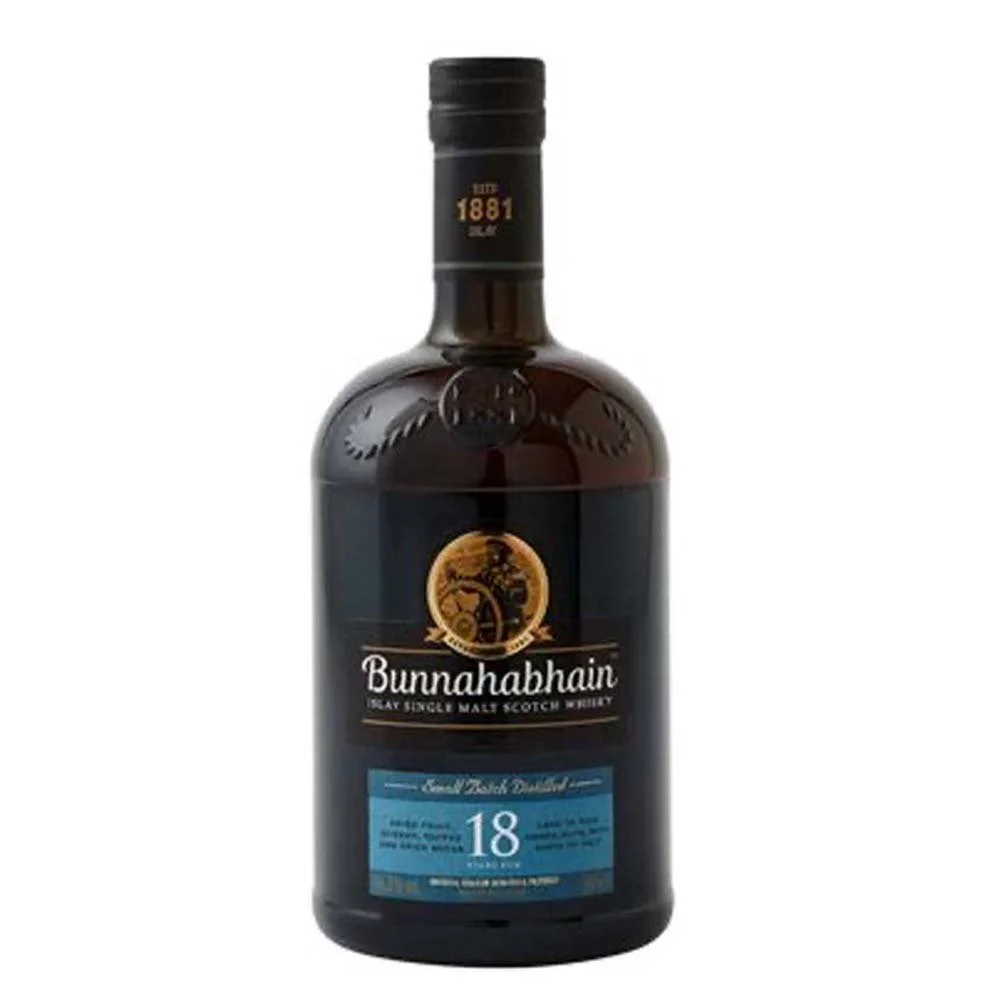SCOTCH WHISKY
Heritage Distilled — Landscape Bottled
Scotch whisky is one of the world’s most revered spirits—defined by centuries of tradition, regional identity, and natural elements. Made exclusively in Scotland and aged in oak for a minimum of three years, Scotch captures the essence of its rugged environment: wind, water, grain, and time. From peaty and powerful to smooth and floral, Scotch offers extraordinary range and depth, making it both a collector’s passion and a drinker’s delight.
Key Characteristics
Scotch whisky must be made in Scotland, distilled from malted barley or other grains, and aged in oak casks for at least three years. It’s typically distilled twice (three times for some Lowland or Irish-influenced styles) and bottled at a minimum of 40% ABV. Flavor profiles vary dramatically by region and style—ranging from smoky and earthy to light, fruity, or maritime.
Style
Single malt, blended malt, blended Scotch, single grain, blended grain
Body
Light to full, depending on region and cask
Texture
Silky to oily; some expressions are rich and chewy, others elegant and soft
Primary Grains
Malted barley (for single malts), blended with wheat or corn in other styles
Typical Flavors
Heather, honey, smoke, sea salt, orchard fruit, dried fig, spice, caramel, peat, malt, sherry
Origin & History
Scotch whisky’s history stretches back to the 1400s, with early distilling rooted in monastic and rural tradition. By the 18th century, Scotch had become both a cultural touchstone and a major export. Legal definitions were solidified in the 20th century, protecting its name and regional expressions. Today, Scotch is produced in five official regions—each with its own flavor identity—and continues to influence distilling traditions worldwide.
How It’s Made
Scotch must be distilled in Scotland and matured for at least three years in oak barrels, often ex-bourbon or ex-sherry casks. Single malts are made from 100% malted barley at a single distillery. Blended Scotches combine malt and grain whiskies. Peat may be used during malting to add signature smokiness. Scotch is typically distilled in pot stills (for malts) or column stills (for grain whisky) and often aged far beyond the legal minimum, developing complexity and nuance.
Notable Styles
Scotch is defined not just by ingredients, but by region and production method.
Single Malt
Made from 100% malted barley at one distillery; rich and expressive
Blended Scotch
Mix of malt and grain whisky; approachable and consistent
Blended Malt
Blend of multiple single malts; complex and layered
Single Grain
Made at one distillery from grains other than only malted barley
Peated Scotch
Dried over peat smoke; bold, smoky, earthy
Cask-Finished Scotch
Aged in wine, sherry, rum, or other barrels for layered influence
By Region
Highlands
Broad, diverse styles; often heathered, spicy, or floral
Speyside
Elegant, fruity, honeyed; high concentration of distilleries
Islay
Bold, peated, maritime; smoky and medicinal
Lowlands
Light, grassy, soft; often triple-distilled
Campbeltown
Salty, oily, briny with robust depth
Islands (unofficial)
Diverse coastal drams; sea spray and spice
Cocktail Pairings
While traditionally enjoyed neat, Scotch can shine in select cocktails—especially those that respect its nuance.
Classic Cocktails
Rob Roy, Blood and Sand, Penicillin, Rusty Nail
Modern Mixes
Smoky Boulevardier, Scotch Highball, Honey-Lemon Spritz, Spiced Pear Rob Roy
Food Pairings
Scotch whisky pairs beautifully with rich, salty, and savory foods—as well as nutty and spiced desserts.
With Savory
Smoked salmon, blue cheese, lamb stew, charred vegetables
With Cheese
Aged cheddar, Stilton, Comté, washed-rind cheeses
With Dessert
Sticky toffee pudding, shortbread, spiced nuts, dark chocolate
How to Serve It
Glassware
Glencairn, copita, or small tulip-shaped glass to focus aromas
Temperature
Room temperature; a few drops of water can open up aroma and flavor
Storage
Store upright, away from light and heat. Once opened, Scotch remains stable for years with a tight seal.
Fun Fact
The word “whisky” comes from the Gaelic uisge beatha, meaning “water of life”—a name that still resonates with Scotch lovers around the globe.
Try This If You Like
Peated or smoky mezcal
Irish pot still whiskey
Añejo tequila with wood influence
Recommended Producers
These houses exemplify the diversity and craftsmanship of Scotch whisky, from coastal elegance and sherried richness to peated complexity and expertly blended expressions.
Balvenie
A Speyside distillery celebrated for its commitment to traditional craftsmanship, producing richly nuanced single malts like the 21 Year Port Finish.
Bunnahabhain
An Islay standout known for its unpeated style, offering elegant, maritime-influenced whiskies such as the smooth and sherried 18 Year.
Dewar’s
A respected name in blended Scotch, delivering approachable yet sophisticated aged blends like the 19 Year Champions Edition.
Highland Park
A revered Orkney distillery balancing gentle peat smoke with honeyed malt, exemplified by the well-loved 12 Year Old.
Recommended Pours
Balvenie - 21 Year Port Finish — A luxurious Speyside single malt aged in port casks, offering rich layers of dried fruit, honey, and warm spice.
Bunnahabhain - Scotch 18yr — A refined, unpeated Islay single malt with notes of toffee, nuts, sea spray, and sherried elegance.
Dewar's - The Champions Edition. 19 Year Old. Blended Scotch Whisky — A smooth, well-aged blend with sweet malt, soft smoke, and a polished, balanced finish.
Highland Park - 12 Year Old Single Malt Scotch — A classic Orkney single malt with a harmonious mix of heathered peat smoke, honey, and citrus zest.





